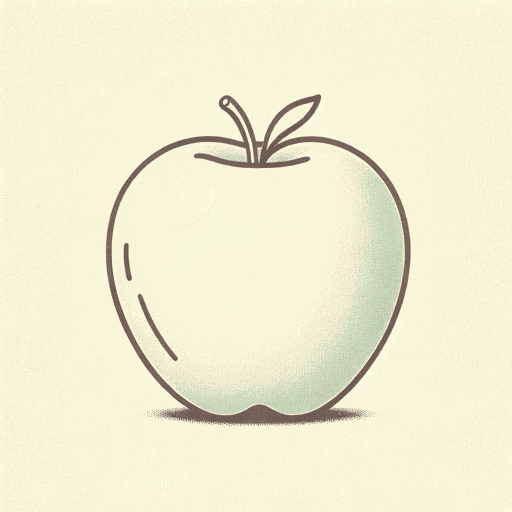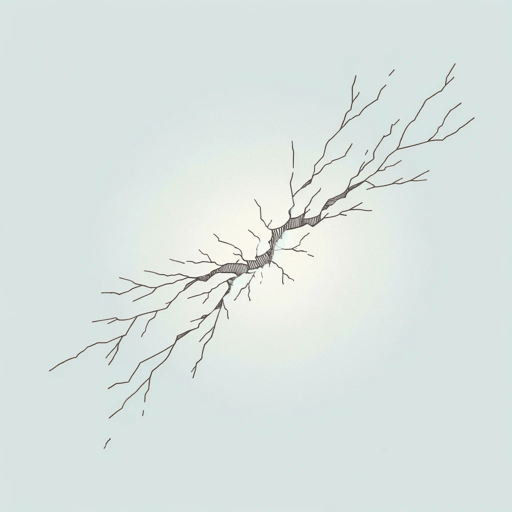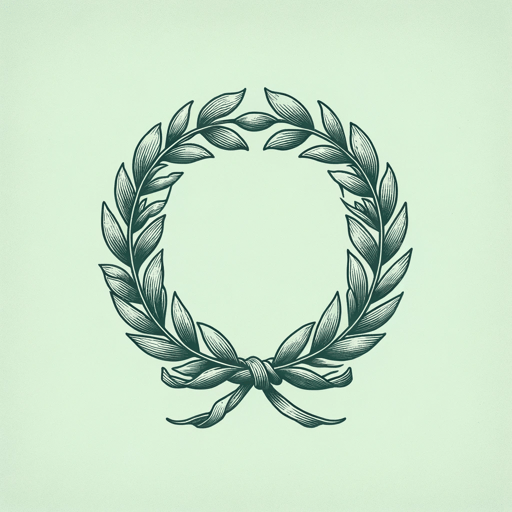27 pages • 54 minutes read
John MiltonLycidas
Fiction | Poem | Adult | Published in 1638A modern alternative to SparkNotes and CliffsNotes, SuperSummary offers high-quality Study Guides with detailed chapter summaries and analysis of major themes, characters, and more.
Literary Devices
Form and Meter
The poem is divided into 11 stanzas of varying lengths. Beginning with the first stanza, the number of lines in each paragraph is as follows: 14, 10, 12, 13, 14, 21, 18, 29, 33, 21, and 8.
Most of the verse is in iambic pentameter. An iambic foot consists of an unstressed syllable followed by a stressed syllable, and a pentameter consists of five poetic feet. Line 3 provides a clear example: “I come to pluck your berries harsh and crude,” as does Line 11: “Himself to sing, and build the lofty rhyme.” On occasion, Milton modifies the iambic line. For example, he sometimes substitutes a trochee for an iamb in the first foot. A trochee is the opposite of an iamb; it consists of a stressed syllable followed by an unstressed one. Examples include “Fanning their joyous leaves to thy soft lays” (Line 44) and “Phoebus replied, and touch’d my trembling ears” (Line 77).
There are also a number of shorter lines. These are in iambic trimeter (three poetic feet). In a poem of 193 lines, there are 14 trimeters. Examples include the following: “So may some gentle muse” (Line 19), “And all their echoes mourn” (Line 41), and “But now my oat proceeds” (Line 88).
Related Titles
By John Milton

Areopagitica
John Milton

Comus
John Milton

On the Late Massacre in Piedmont
John Milton

Paradise Lost
John Milton

Paradise Regained
John Milton

Samson Agonistes
John Milton

When I Consider How My Light is Spent
John Milton

